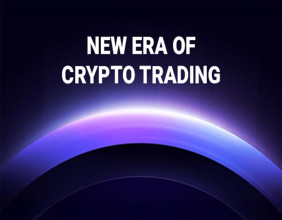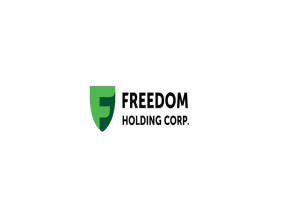Highlights:
- Definition: A physical option is a financial contract where the underlying asset is a tangible commodity, such as a currency, treasury debt, or raw material, rather than stock or futures.
- Structure: The contract gives the holder the right, but not the obligation, to buy or sell the physical commodity at a predetermined price on or before a specific date.
- Comparison and Applications: Physical options differ from index options by involving tangible assets and are used in hedging, investment, and risk management strategies across various markets.
Introduction to Physical Options
A physical option is a specialized financial derivative where the underlying asset is a tangible commodity. Unlike options tied to stocks or futures contracts, physical options involve commodities such as raw materials, treasury debt, or foreign currencies. This distinction makes physical options a crucial tool for investors and businesses dealing directly with physical goods.
This article delves into the concept of physical options, their structure, and their significance in financial and commodity markets.
Understanding Physical Options
What Are Physical Options?
Physical options are contracts that grant the holder the right, but not the obligation, to buy (call option) or sell (put option) a specific physical commodity at a predetermined price, known as the strike price. The transaction must occur on or before a specified expiration date.
Unlike financial instruments based on indices or futures, these options are rooted in tangible assets, making them distinct and appealing for specific market participants.
Examples of Underlying Commodities
Physical options can involve various types of assets, including:
- Currencies: Options tied to specific foreign exchange values.
- Treasury Debt Instruments: Contracts based on government-issued securities like bonds.
- Raw Commodities: Assets such as crude oil, gold, natural gas, or agricultural products.
Key Features of Physical Options
- Tangible Underlying Assets
The defining characteristic of physical options is their direct connection to a physical commodity. This characteristic differentiates them from index options, which derive their value from indices rather than physical goods.
- Flexibility and Control
Physical options provide flexibility, as the holder can decide whether to exercise the option. If the market conditions are unfavorable, the holder can choose not to execute the contract, limiting losses to the premium paid.
- Settlement in Physical Commodities
Upon exercising a physical option, the transaction involves the actual delivery of the underlying asset, unlike cash-settled derivatives. This feature is particularly valuable for businesses requiring the physical commodity for production or trade.
Applications of Physical Options
Hedging Against Price Volatility
Physical options are widely used for hedging purposes, particularly by businesses exposed to commodity price fluctuations. For instance, an airline might use options on jet fuel to lock in prices and protect against potential cost spikes.
Speculation and Investment
Investors seeking to capitalize on price movements in commodities often turn to physical options. These instruments allow traders to speculate on price changes without needing to purchase the commodity outright.
Risk Management
Companies involved in international trade use physical options tied to currencies to hedge against foreign exchange risk. Similarly, treasury debt options can help manage interest rate exposure.
Comparison: Physical Options vs. Index Options
Physical Options
- Underlying Asset: Tangible commodities like metals, energy, or currency.
- Settlement: Typically involves the delivery of the physical asset.
- Users: Primarily businesses and industries requiring the actual commodity.
Index Options
- Underlying Asset: Financial indices like S&P 500 or Nasdaq-100.
- Settlement: Cash-based, with no physical delivery involved.
- Users: Investors focused on broader market trends.
Challenges and Risks in Physical Options
- Storage and Logistics
Physical delivery of commodities can involve logistical complexities and storage costs, particularly for bulky or perishable goods.
- Market Volatility
Commodities markets are prone to significant price fluctuations driven by factors like geopolitical events, weather conditions, and global demand shifts.
- Premium Costs
The cost of purchasing an option (premium) can be high, especially for commodities with volatile price histories or during uncertain market conditions.
Future Trends in Physical Options
Technological Integration
The use of technology, such as blockchain, is enhancing transparency and efficiency in the trading of physical options. These advancements are expected to reduce settlement risks and streamline the delivery process.
Sustainability Considerations
As the world moves toward sustainable practices, physical options in green commodities like carbon credits and renewable energy materials are gaining traction.
Conclusion
Physical options represent a unique and vital segment of the financial derivatives market. By providing the flexibility to hedge against price volatility and enabling access to tangible commodities, they serve both practical and speculative purposes.
Despite challenges like logistical complexities, their relevance continues to grow in industries where managing physical goods is critical. As markets evolve and technological advancements reshape the financial landscape, physical options remain an essential tool for managing risk and capitalizing on opportunities in commodity markets.





